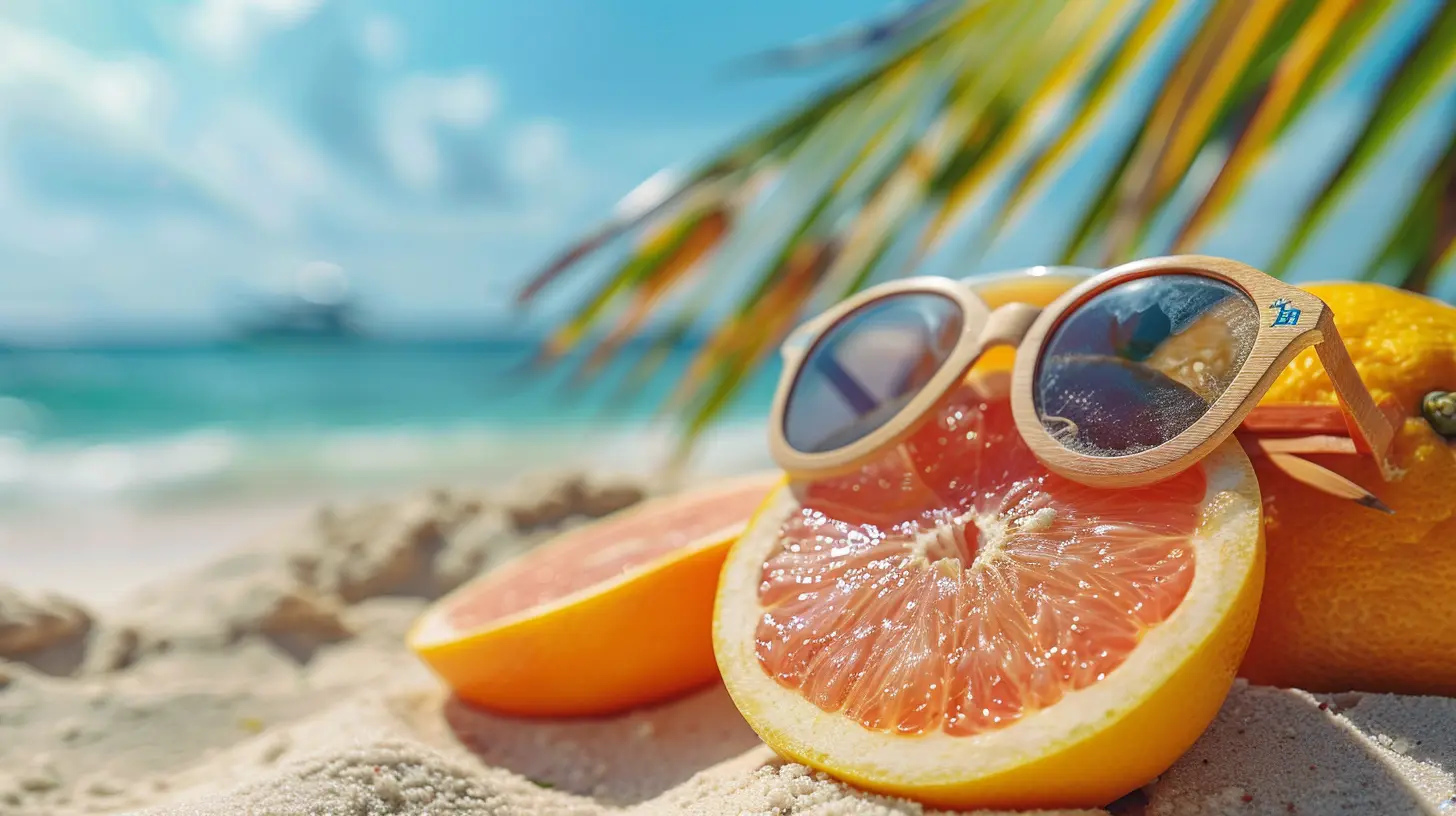How to Handle Diabetes on a Vacation
14 August 2025
Going on vacation is an exciting experience—a time to relax, explore new places, and create beautiful memories. But if you have diabetes, the thought of managing your blood sugar levels while being away from your routine might feel a bit overwhelming. Don’t worry! With the right preparation and mindset, you can fully enjoy your trip without compromising your health.
In this guide, we’ll break down everything you need to know to handle diabetes while on vacation, from packing essentials to food choices and staying active. Let’s dive in! 
✈️ Planning Ahead: The Key to a Stress-Free Vacation
A successful and stress-free vacation with diabetes starts long before you leave home. Proper planning ensures that you have everything you need to manage your condition effectively.1. Visit Your Doctor Before You Travel
Before heading out, schedule a check-up with your doctor. Let them know about your travel plans so they can:- Review your current medication and adjust if necessary.
- Provide a letter explaining your condition (useful for airport security and emergencies).
- Offer travel tips specific to your destination (altitude, climate, and time zone can affect blood sugar levels).
2. Pack Smart—Don’t Leave Anything Behind!
Packing for a trip with diabetes is a little different from throwing clothes into a suitcase. Make a checklist and double-check it! Essential items include:✔️ Extra medication and insulin (pack more than you think you'll need!)
✔️ Blood sugar testing supplies (glucometer, test strips, lancets)
✔️ Backup insulin pump supplies (if applicable)
✔️ Snacks for emergencies (nut bars, glucose tablets, or juice boxes)
✔️ Medical alert ID or bracelet
✔️ Prescription copies (just in case you need a refill abroad)
💡 Pro Tip: Keep your medications and supplies in your carry-on bag, not in checked luggage! Extreme temperatures in cargo holds can ruin insulin and other medications. 
🍽️ Eating Smart While Traveling
One of the greatest joys of traveling is trying new foods. But how do you indulge while keeping your blood sugar stable?3. Know What’s on Your Plate
Different countries and cultures have unique foods, and some meals might be higher in carbs or sugar than you're used to. Here’s how to navigate your meals wisely:- Look up local cuisine in advance — Get familiar with the traditional foods so you can anticipate what might spike your blood sugar.
- Practice portion control — Enjoy that delicious pasta or dessert, but balance it with protein and fiber.
- Stick to regular meal times — Skipping meals or eating too late can cause blood sugar fluctuations.
4. Pack Healthy Snacks
Whether you’re hiking, sightseeing, or lounging on a beach, having snacks on hand prevents sudden drops in blood sugar. Aim for:✅ Nuts and seeds
✅ Cheese sticks or Greek yogurt
✅ Whole grain crackers
✅ Fresh fruits (apples, berries, etc.)
This way, you’ll never be tempted by unhealthy airport snacks or vending machines. 
🏃♂️ Stay Active Without Overexerting
Vacations often involve plenty of walking and physical activity, which can help regulate blood sugar levels. But for diabetics, overexertion, dehydration, or unexpected energy drops can be concerning.5. Incorporate Physical Activity Mindfully
- Walk as much as possible – Walking tours, exploring on foot, or even a short morning stroll can be beneficial.- Stay hydrated – Warm destinations or high altitudes can lead to dehydration, which can spike blood sugar.
- Listen to your body – If you feel dizzy, lightheaded, or weak, take a break and check your levels.
6. Adjust Your Insulin & Medications If Needed
Depending on your travel activities, you might need to adjust your insulin dose. Discuss this with your doctor before departure, and always monitor your levels carefully.
🏨 Handling Diabetes on Long Flights and Road Trips
Traveling for long hours can throw off your routine. Whether it’s a long-haul flight or a road trip, here’s how to stay on top of your diabetes management.7. Flying with Diabetes? Here’s What to Do
- Time zone changes matter – If you’re crossing multiple time zones, your insulin schedule might need adjusting.- Move around – Walk up and down the aisle every hour to prevent circulation issues.
- Request a diabetic-friendly meal – Most airlines provide special meal options if you order in advance.
8. Road Trips & Diabetes-Friendly Pit Stops
- Plan meal breaks – Don’t rely on fast-food chains. Look for restaurants or pack healthy meals.- Store your insulin properly – Avoid leaving it in a hot car; use a travel cooler if needed.
- Set reminders – Long hours on the road can make you forget to test your blood sugar. Set phone alarms if necessary!
🚨 Be Prepared for Emergency Situations
Nobody wants to think about emergencies while on vacation, but it’s always better to be safe than sorry.9. Know Where to Get Medical Help
- Research hospitals, pharmacies, and emergency contacts at your destination.- Carry a list of your medications, dosages, and doctor’s contact information.
- Learn key phrases in the local language, such as "I have diabetes" or "Where is the nearest pharmacy?"
10. Recognize Signs of Hyper- and Hypoglycemia
- High blood sugar (hyperglycemia): Excessive thirst, frequent urination, blurry vision- Low blood sugar (hypoglycemia): Dizziness, sweating, confusion, shakiness
Always have fast-acting glucose on hand (sugar tablets, juice, or candy) in case of sudden drops in blood sugar.
🎉 Enjoy Your Vacation Without Worries!
At the end of the day, managing diabetes on vacation is all about balance. Yes, it requires a little extra planning and awareness, but don’t let it stop you from making unforgettable memories.💙 The most important thing? Have fun!
Enjoy the sights, savor the food, embrace the culture, and cherish every moment—while keeping your health in check. Because diabetes is just a part of your life, not the one thing that defines your journey.
So go ahead, pack your bags, and embark on that dream trip with confidence!
all images in this post were generated using AI tools
Category:
DiabetesAuthor:

Laurie Barlow
Discussion
rate this article
1 comments
Evangeline Vaughn
Embrace your adventure! With careful planning and mindfulness, managing diabetes on vacation can be empowering. Celebrate your journey while prioritizing your health—enjoy every moment!
September 6, 2025 at 4:29 PM

Laurie Barlow
Thank you! Embracing adventure while managing diabetes is key. With the right planning, we can enjoy our travels and prioritize our health simultaneously.


